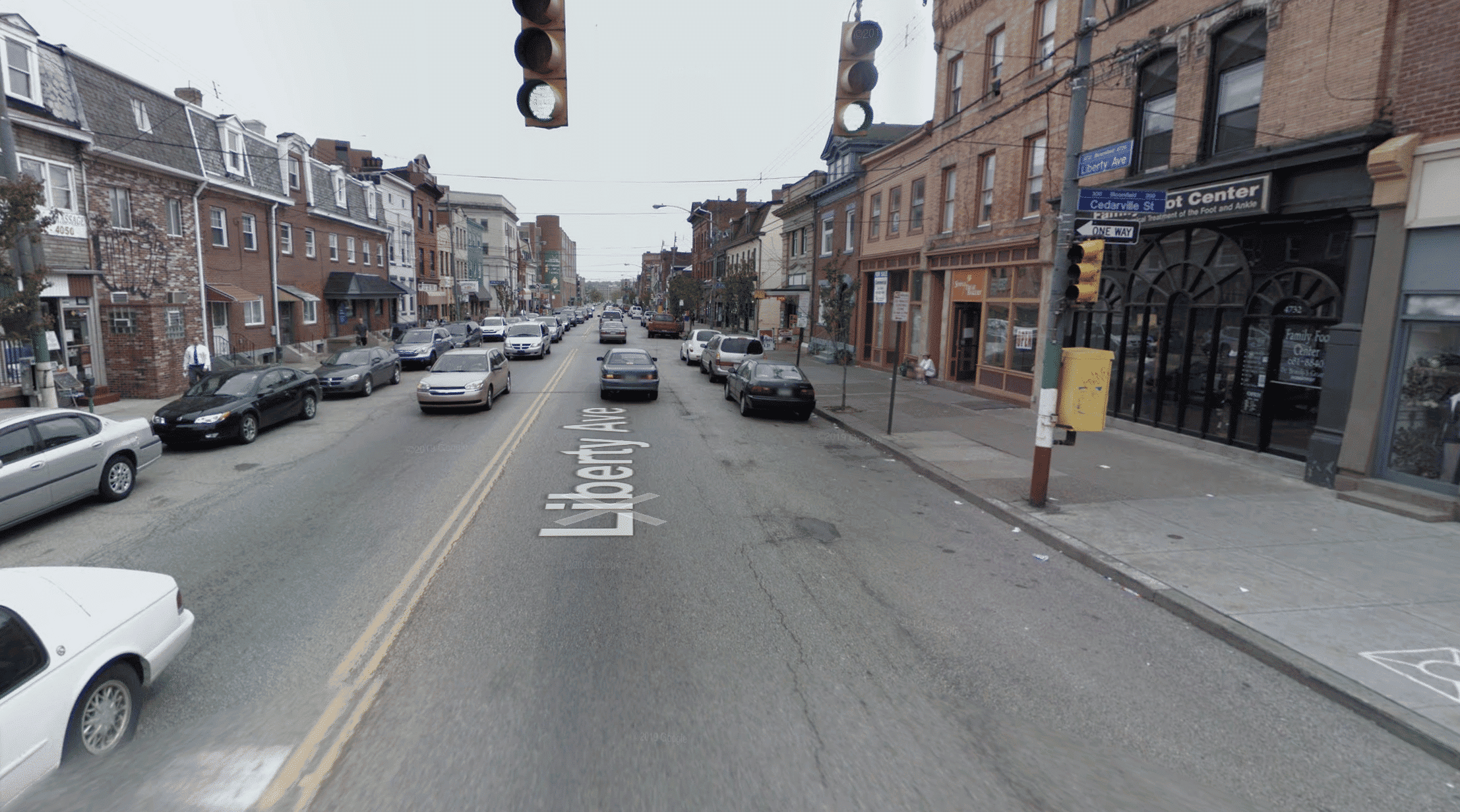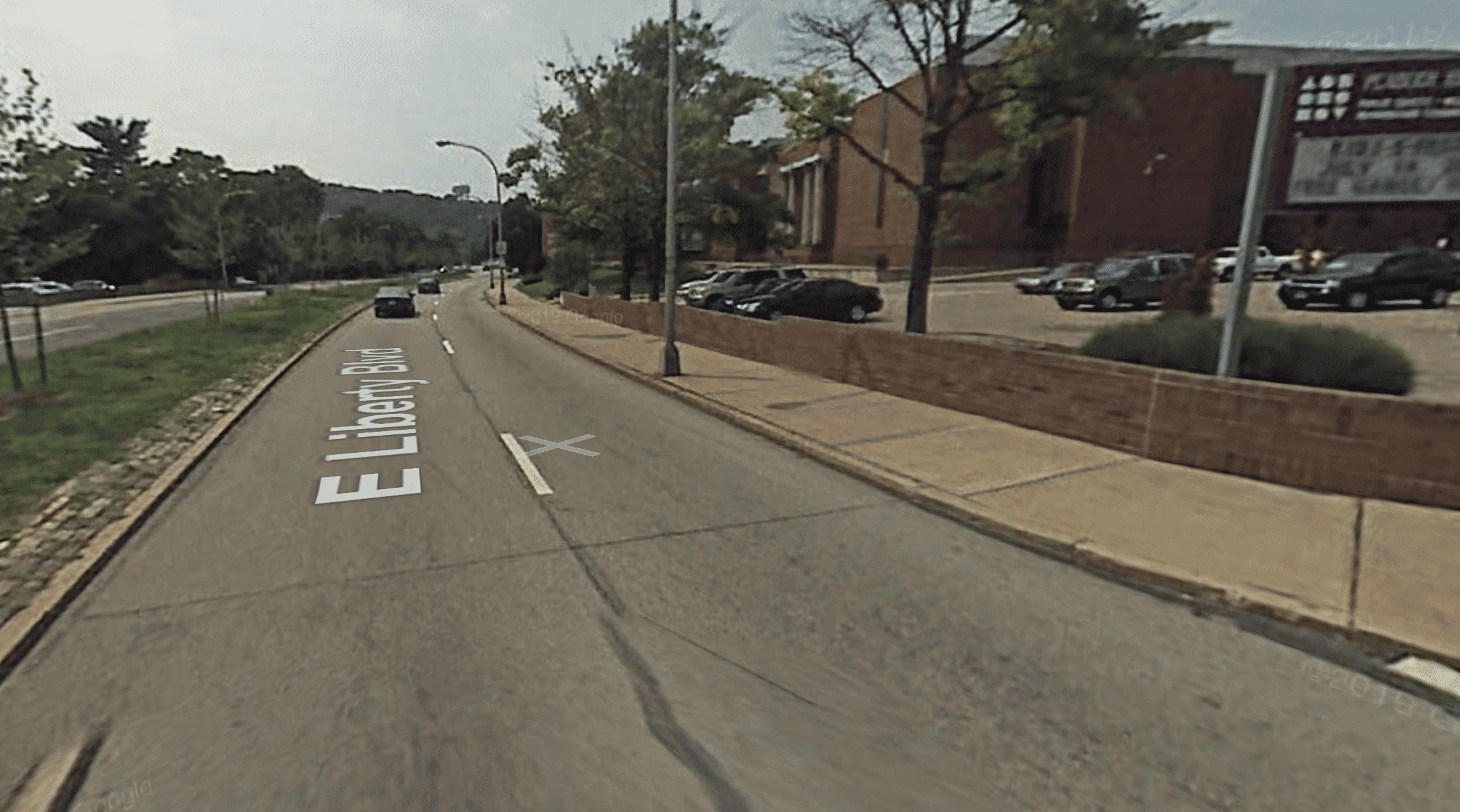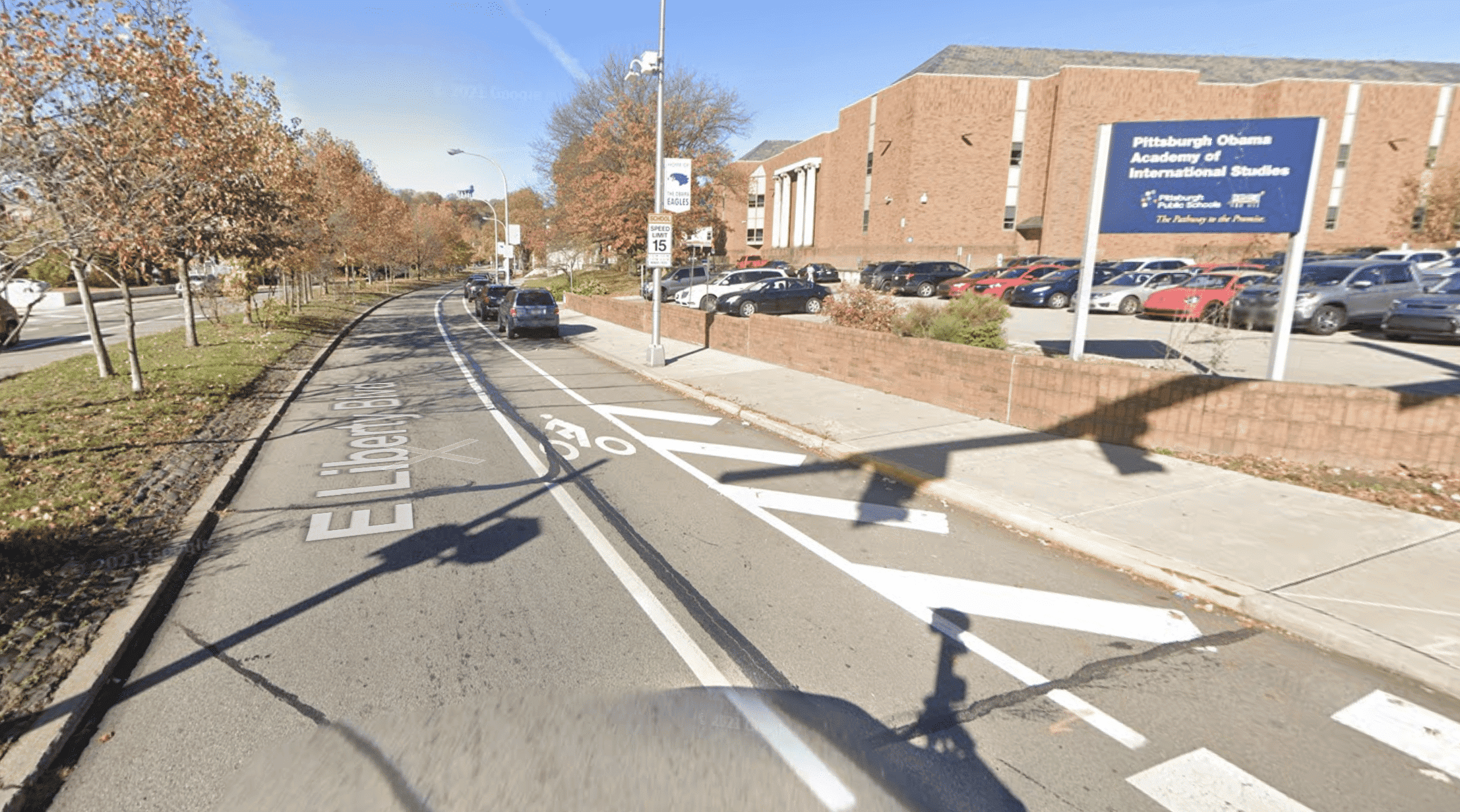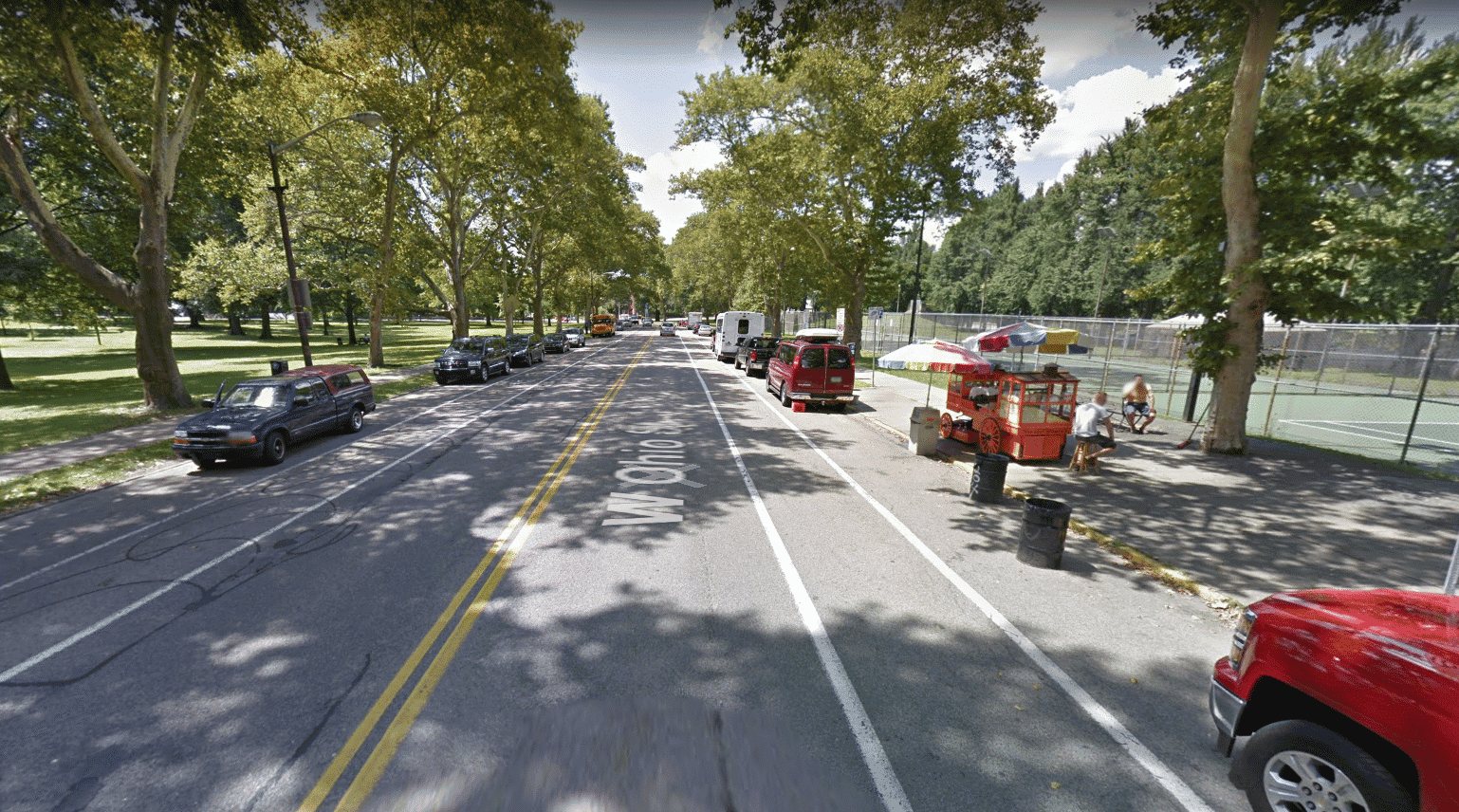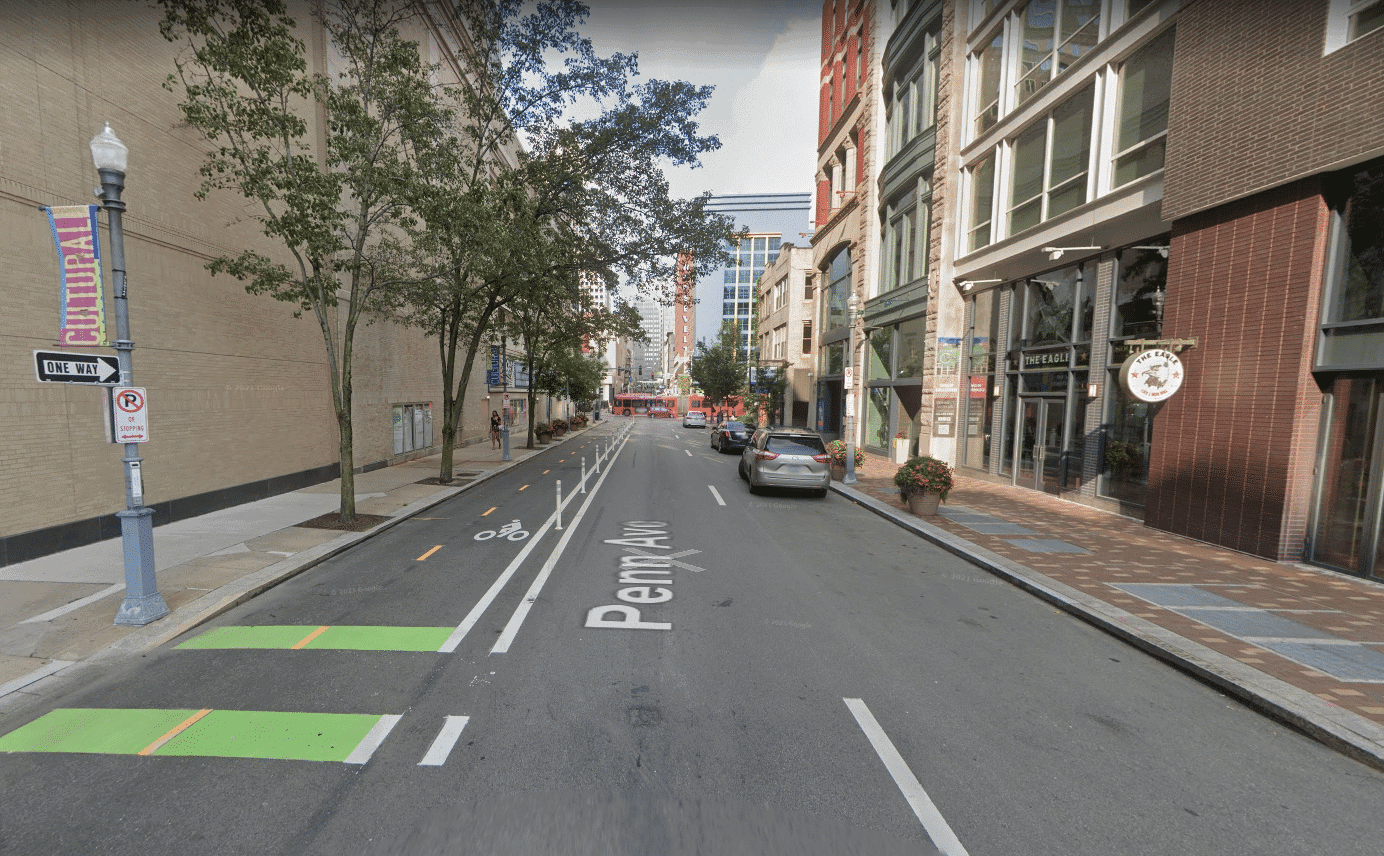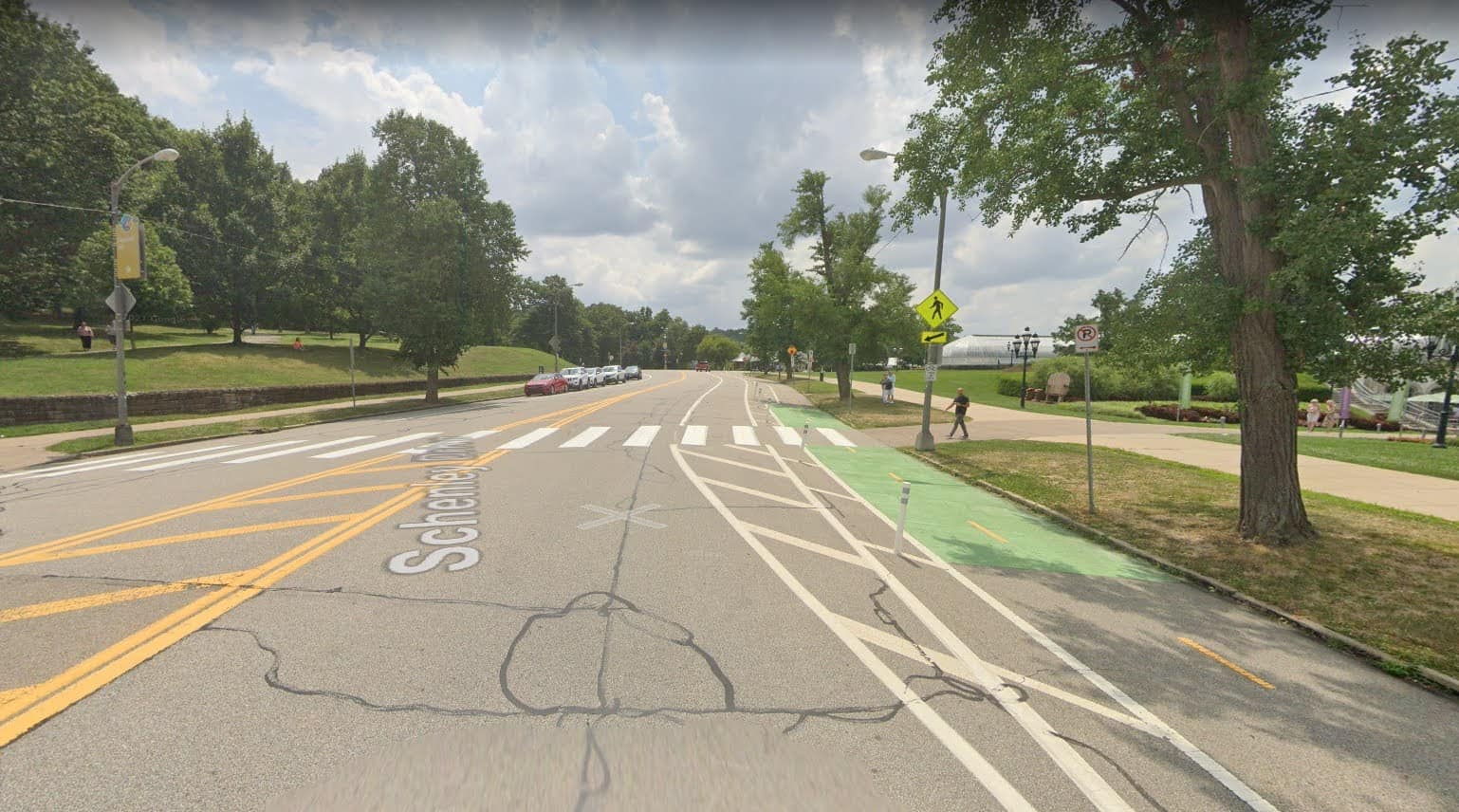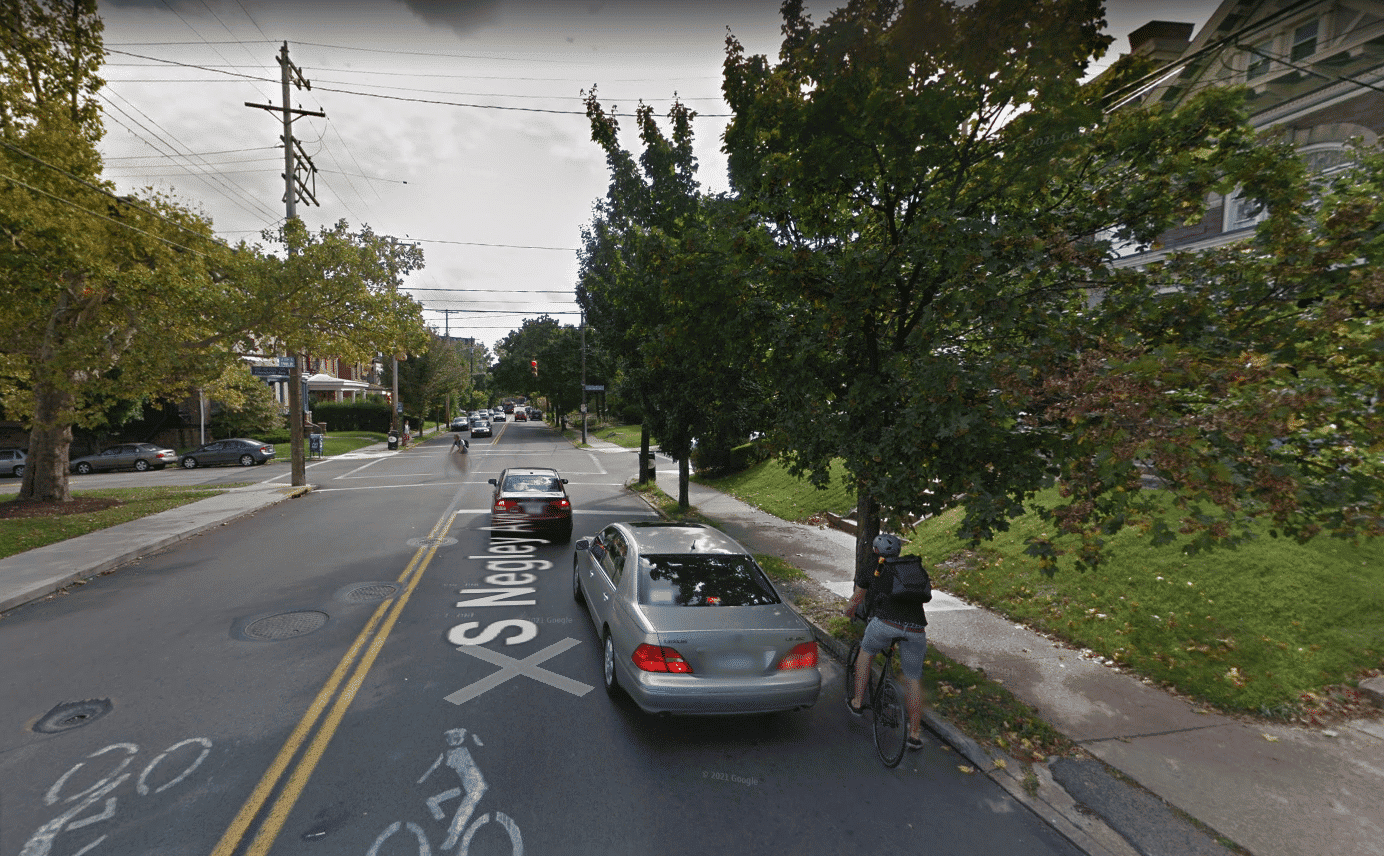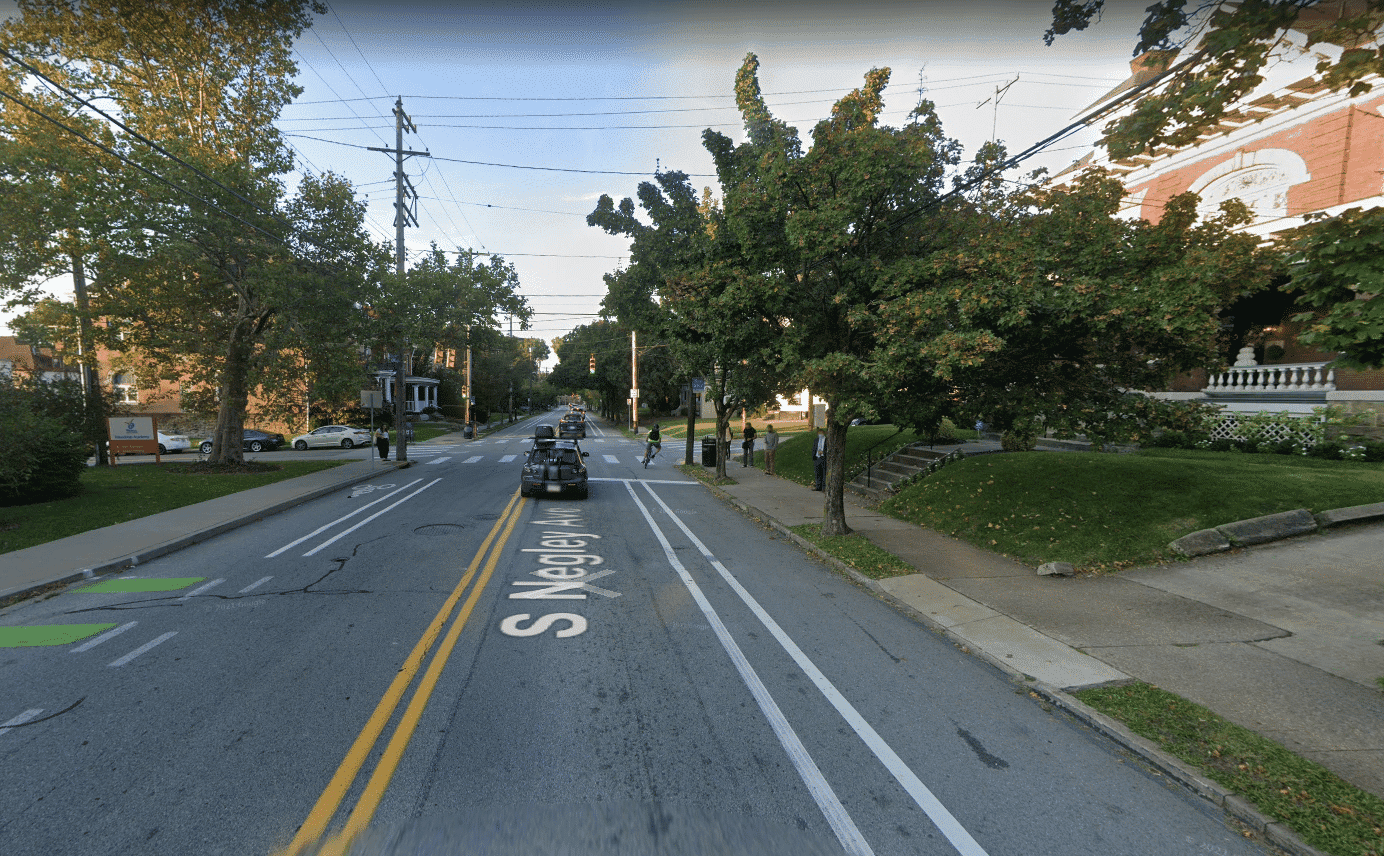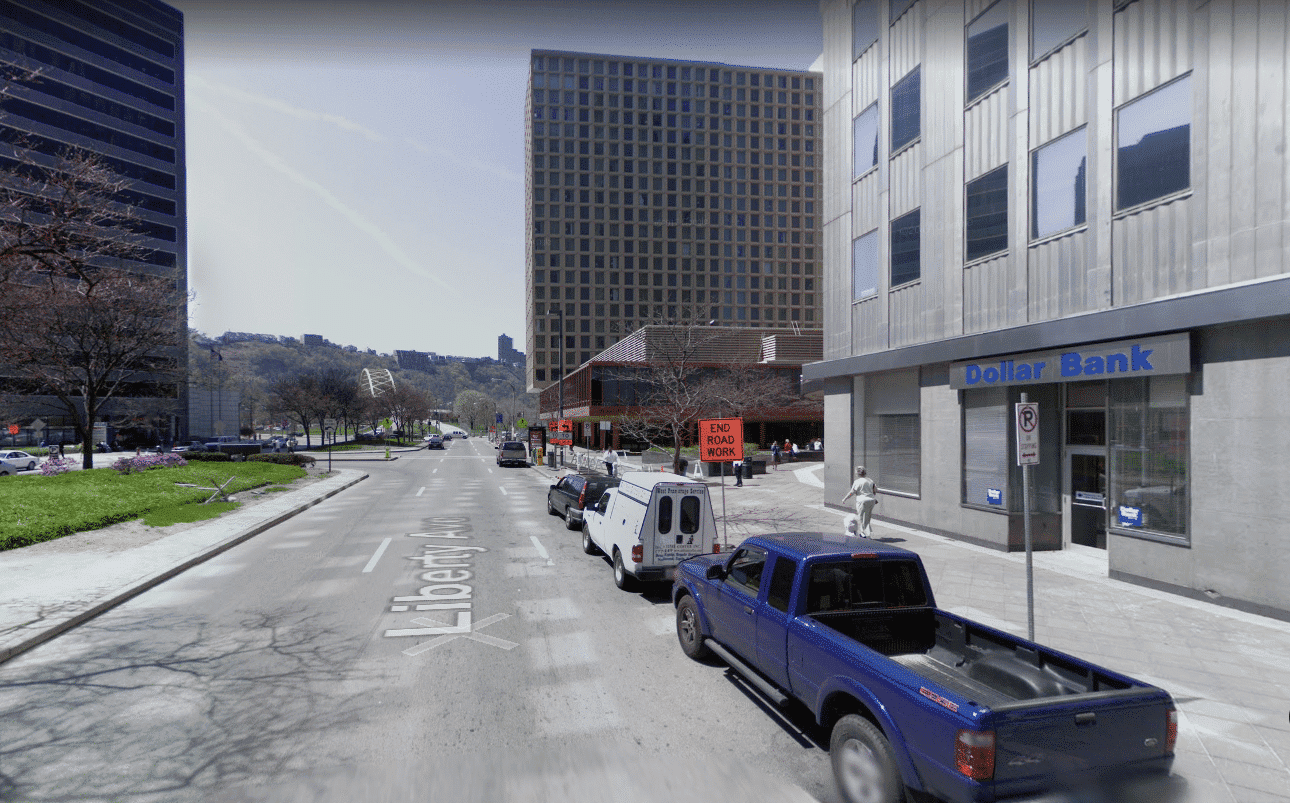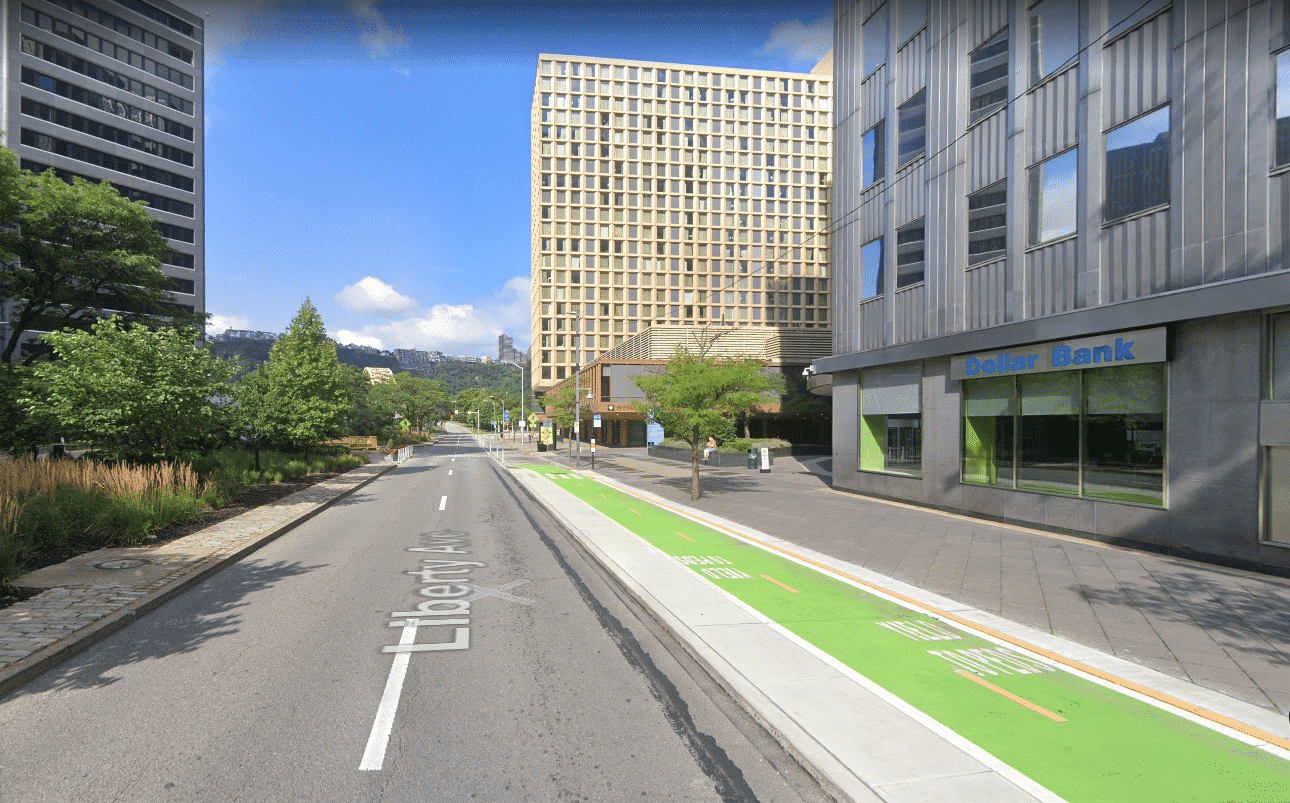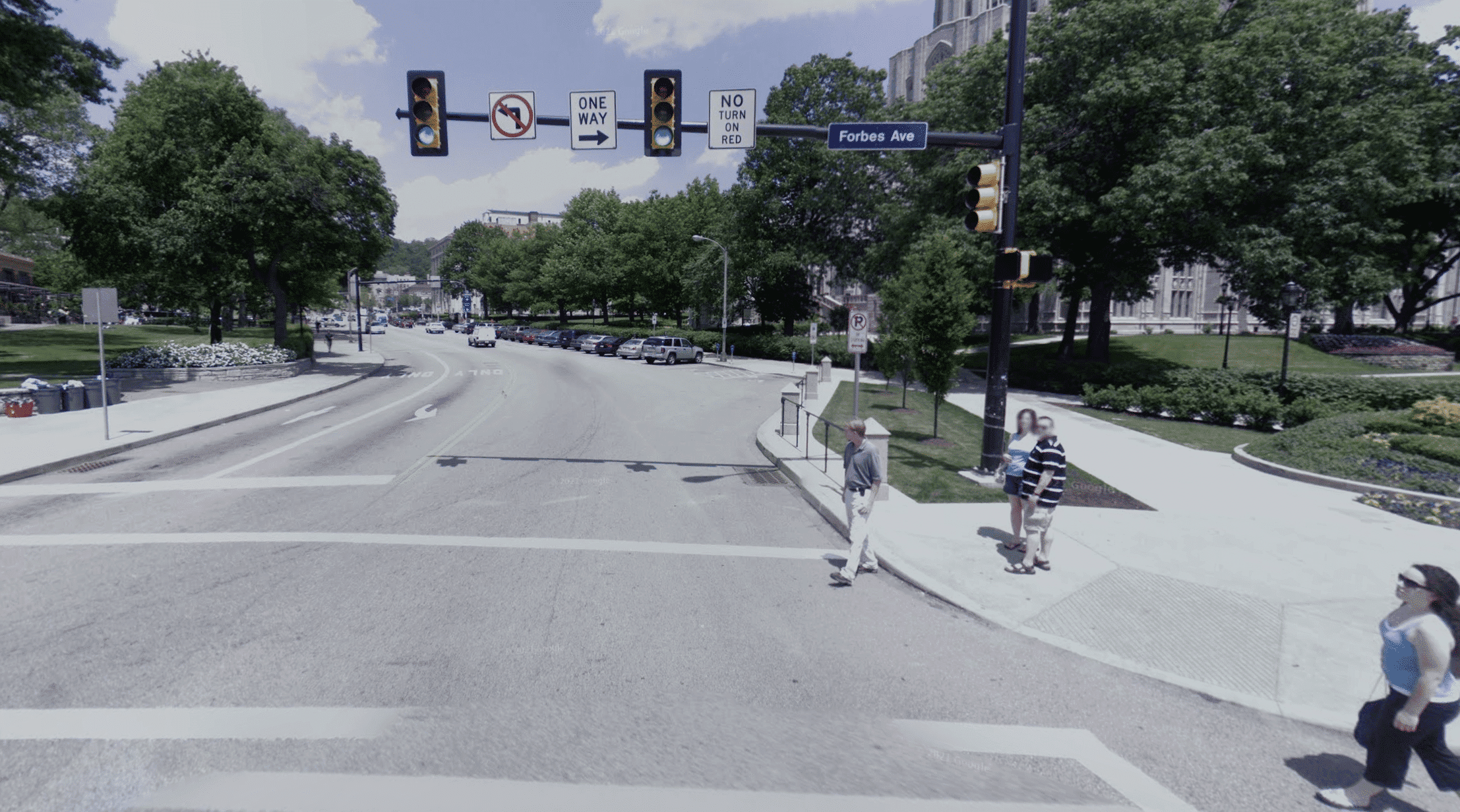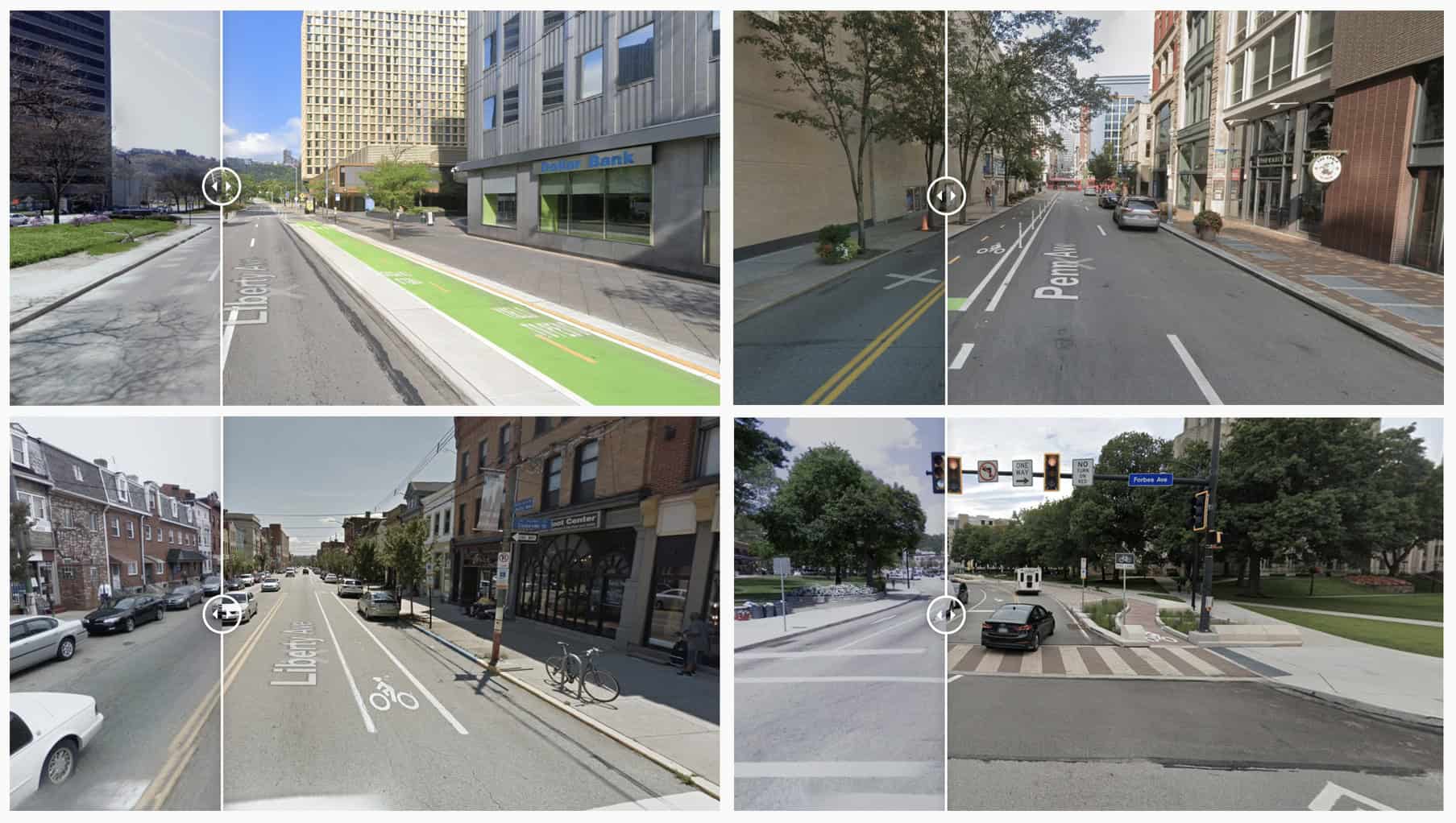
Take a trip back in time and see how our streets have changed
There are some things that have become such a normal part of Pittsburgh’s landscape, it’s hard to remember a time when they didn’t exist. Our bike lanes are one such feature where it’s difficult to imagine a time where we got around without them.
When BikePGH started 20 years ago, many people told us that we were never going to convince a city like Pittsburgh to become bike-friendly. While it took five years from our founding, the very first bike lanes that were the product of our advocacy efforts were installed along Liberty Ave in Bloomfield and Lawrenceville in 2007.
Since then, we’ve been pushing for ways to reimagine our streets, tirelessly working to make it better and safer for Pittsburghers who bike, walk and roll, while helping bring our city over 100 miles of bike lanes, neighborways and other on-street network markings. Our advocacy has not only changed the physical landscape, but has also changed minds. We’ve come a long way from “Worst City in the US to ride a bike” to where we are now, and we can’t wait to see what the future will bring.
On our 20th Anniversary, join us as we look back on how our advocacy, combined with key partnerships with the City of Pittsburgh’s Departments of Mobility and Infrastructure, City Planning, and Public Works have, despite all odds, helped make our city a better place to live.
Below you’ll find some of our favorite Before/After images through from the years of our advocacy efforts.
The 2007 bike lanes on Liberty Ave in Bloomfield and Lawrenceville were our first successful push to carve out space on Pittsburgh’s streets for people riding bikes. At the time, the only other on-street bike lanes in the City were on Beechwood Blvd and the Highland Park and Riverview Park loops, painted roughly three decades prior.
The East Liberty Blvd bike lanes are the City’s first Complete Streets project led by our efforts and introduced the phrase “road diet” into Pittsburgh’s lexicon. Going from four car lanes to two, it added two bike lanes and two lanes of parking, while making the street safer for pedestrians to cross.
The West Ohio St bike lanes are a no brainer project that brought greater access to the park and to the historic Gus and Yiayia’s food cart.
The Penn Ave bike lanes, connecting Downtown’s Cultural District and the Strip District, are the City’s first “protected bike lanes,” ie bike lanes delineated with a physical barrier. While removing the outbound lane of traffic was controversial at the time, the bike lanes have proven to increase safety for all users of the roadway (especially pedestrians), decreased congestion at several intersections (namely the 16th St bridge), and have at times carried a full quarter of all of the morning commuters on Penn Ave.
Installed around the same time as the Penn Ave bike lanes, this is Pittsburgh’s first “Parking Protected” bike lane, providing safe access to Phipps Conservatory and Schenley Park, from Oakland.
In an attempt to bring calm to a wide and confusing street, the Negley Ave bike lanes provide a needed north-south connection between Highland Park, East Liberty and Shadyside, with some improvements to confusing intersections.
In one of the more high temperature bike lane struggles in the City, PennDOT (the owners of the street) agreed to include bike lanes on Forbes Ave connecting our two major universities and leaving everyone wonder why it took so long for this in the student-dense neighborhood. The project also features Pittsburgh’s first “bicycle signals” and bicycle radar detection.
While still not complete, the Allegheny Commons protected bike lanes added bicycle accommodations to an over-built, “urban renewal” era ring road in the Northside. Look for even more improvements (including Pittsburgh’s first protected intersections) on this ever-improving project.
The Gap to the Point project is an ambitious series of protected bike lanes connecting the Great Allegheny Passage (Eliza Furnace Trail) to Point State Park via an on-street route, while providing safe bicycle connections to the largest job center in Western Pennsylvania. A major innovation of this project are the raised bike lanes that integrate with major bus stops.
Take Bigelow! Although only a block in length, this section of Bigelow is an important connection in Oakland’s bike network and helps connect Pitt’s campus for bikes and peds, while beautifying the area.
Brighton Rd is Pittsburgh’s latest protected bike lane, extending northward and becoming standard bike lanes. Brighton Rd is one of the longest continuous bike lanes in the City of Pittsburgh.

